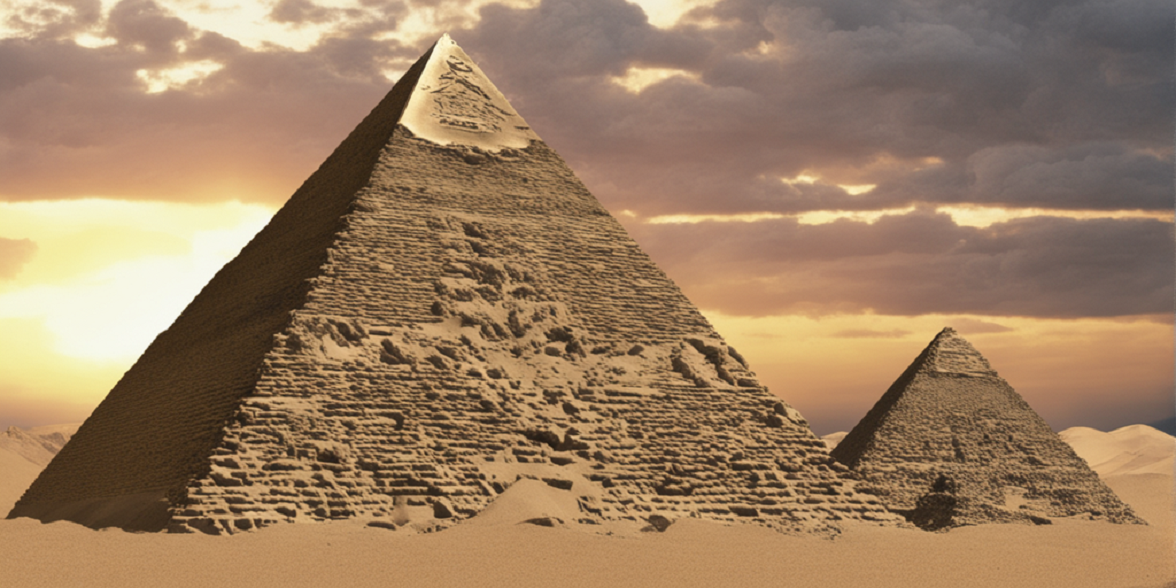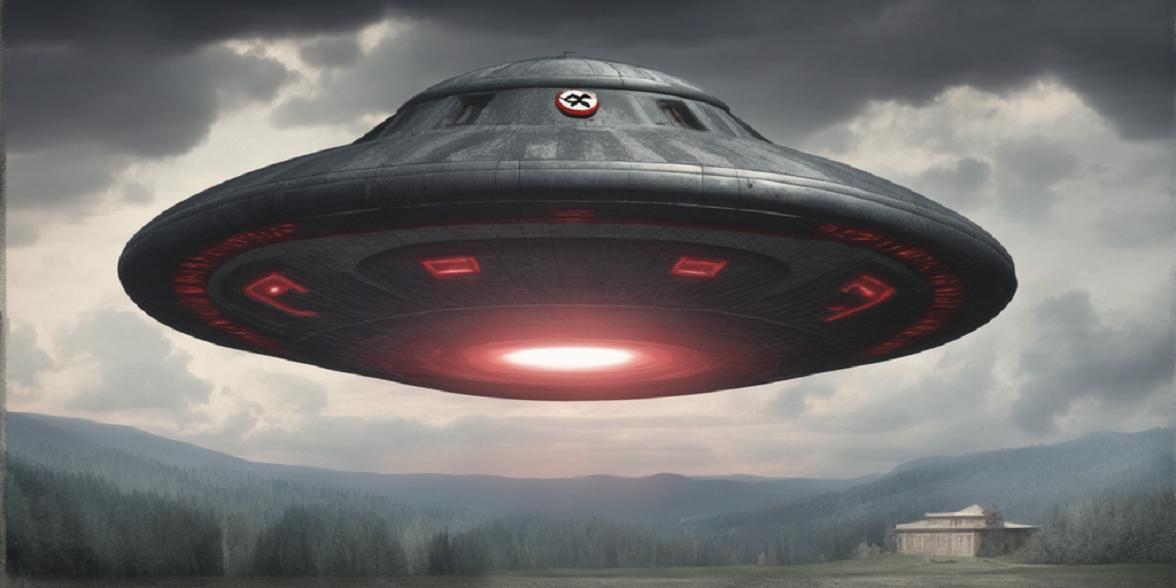What if I told you there’s an age-old method that claims to restore the sharpness of blades just by placing them inside a pyramid? It sounds like something out of a science fiction novel, but some people swear by this unconventional sharpening technique. In this article, we’ll explore the fascinating world of pyramid blade sharpening, breaking it down into simple terms anyone can understand.
The Pyramid’s Power
Before we dig into the mechanics of pyramid blade sharpening, let’s first understand the shape that makes it all possible. A pyramid is a geometric structure with a square base and triangular sides that slope upward to meet at a point, forming a four-sided, three-dimensional figure.
This iconic shape has fascinated people for centuries, often associated with mysteries and mystical powers. In the context of blade sharpening, the pyramid’s shape is believed to amplify energy and channel it in a way that revitalizes the blade’s edge.
The North-South Orientation
One key aspect of pyramid blade sharpening is the orientation of the blade within the pyramid. The blade should be placed with its edge pointing either north or south. This alignment is said to harness the Earth’s magnetic field, which supposedly aids in the sharpening process. While this might sound like a stretch, let’s break it down.
The Earth has a magnetic field, which is like an invisible force surrounding our planet. Think of it as a giant magnet with a north and a south pole. When you place a blade in a north-south orientation within the pyramid, proponents of this method believe that it interacts with the Earth’s magnetic field, subtly altering the blade’s structure.
The Science of Blade Sharpness
Now, let’s get into the nitty-gritty of how blade sharpness works. A sharp blade is all about having a fine, keen edge. When you use a blade, whether it’s for shaving or cutting, the edge gradually dulls over time due to microscopic deformities and wear.
Sharpening a blade, conventionally, involves removing a small amount of metal from the edge to restore its sharpness. This is typically done using specialized tools like sharpening stones or honing rods. However, pyramid blade sharpening takes a different approach.
The Pyramid Effect
The proponents of pyramid blade sharpening claim that the pyramid’s shape and the north-south orientation create a unique energy field within the structure. This energy field is believed to interact with the blade at a molecular level, causing the metal to realign and repair itself over time.
Picture it like this: the blade, when placed inside the pyramid, is exposed to a subtle, harmonizing force. This force is thought to encourage the metal molecules along the blade’s edge to come back into alignment, effectively “healing” the blade and restoring its sharpness.
The Time Factor
So, how long does it take for this mystical pyramid to work its magic? Well, that varies depending on who you ask. Some proponents suggest leaving the blade inside the pyramid for a few days, while others advocate for weeks or even months.
The concept here is that the longer the blade remains within the pyramid, the more time it has to benefit from the purported energy field. It’s important to note that this is a slow and gradual process, so don’t expect immediate results.
The Skeptic’s View
While the idea of pyramid blade sharpening is intriguing, it’s essential to approach it with a healthy dose of skepticism. The scientific community largely dismisses the claims of blade sharpening through pyramid power.
From a scientific standpoint, there’s no concrete evidence to support the idea that the shape of a pyramid and its orientation can somehow restore a blade’s sharpness. Blade sharpening is a well-understood process that involves removing material from the blade’s edge, a concept far removed from the mystical properties attributed to pyramid sharpening.
Sharpening Alternatives
If you’re not sold on the idea of pyramid blade sharpening, don’t worry—there are plenty of practical alternatives that can help you maintain sharp blades. Here are a few tried-and-true methods:
- Honing: Regularly use a honing rod to maintain the sharpness of your kitchen knives. This tool realigns the blade’s edge without removing material.
- Sharpening Stones: Invest in quality sharpening stones to restore the edge of dull blades. It requires some skill, but it’s a reliable method.
- Professional Sharpening Services: Consider taking your knives and razors to a professional sharpening service. They have the expertise and tools to restore blades to their former glory.
- Replace Blades: In the case of disposable razor blades, it’s often more practical and cost-effective to replace them when they become dull.
Closing Thoughts
Pyramid blade sharpening presents a fascinating and unconventional approach to blade maintenance. While the science world may not fully endorse it, it’s an intriguing concept worth experimenting with on your own blades. Give it a try and see if you notice a difference. After all, sometimes the most innovative solutions arise from the unlikeliest of sources. The mysteries of the pyramid may hold untapped potential for your blade sharpening needs, and your own experience will be the ultimate judge of its effectiveness.


